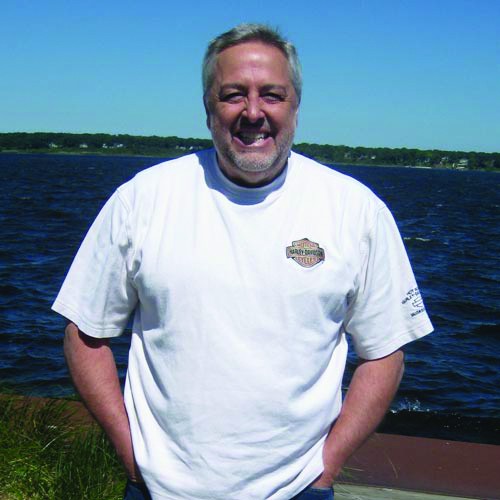AWRI involved in Muskegon River Restoration project

Courtesy Photo / gvsu.edu John Koches
Nov 28, 2012
Grand Valley State University’s Annis Water Resources Institute will take part in a project awarded to the Muskegon River Watershed Assembly (MRWA) by the U.S. Environmental Protection Agency to help restore parts of the Muskegon River. The project is funded by an $85,000 grant from the EPA as part of the Great Lakes Restoration Initiative and will enable researchers to create plans for stewardship of the river’s sensitive areas and watershed.
Other partners in the project include the Muskegon Conservation District, Conservation Resource Alliance, Land Conservancy of West Michigan, Muskegon Lake Partnership, Muskegon Watershed Research Partnership and Huron Pines.
The budget of the project, for which research efforts began in 2000-2001, totals over $939,000, with a contribution of over $798,000 from the federal government. The expectation of the project is to prevent 1,000 pounds of phosphorus, 6,000 pounds of nitrogen and another 1,000 pounds of sediment from reaching the Muskegon River, Muskegon Lake Area of Concern and eventually Lake Michigan each year.
“The project is a result of many years of work and assessment done by the MRWA and its partners, including AWRI who helped to write the Muskegon River Watershed Management Plan,” said John K. Koches, associate research scientist at the Annis Water Resources Institute and principal investigator on the project. “This research has shown a long term need to reforest where possible the Muskegon River Watershed as a way to stabilize the soils and otherwise support carbon sequestration, air pollution benefits, and most importantly help to stabilize regional hydrology.” Changes in hydrology, due in part by changing weather patterns in addition to new development, is considered one of the most significant threats to the Muskegon River Watershed.
Though the sediment, phosphorus and nitrogen are all naturally occurring and essential to having a healthy, thriving stream or lake, accelerated movement of that sediment through areas of development destabilize the ecosystem of that particular body of water. Excess phosphorus and nitrogen from lawn fertilizers and septic systems cause damage to that ecosystem as well.
The project has a two-year schedule, which includes reforesting more than 400 acres of riverbank, and restoring 150 acres of streambank with native vegetation.
“Native vegetation refers to grasses, trees and shrubs which are indigenous to west Michigan but often cultivated by local horticultural businesses,” Koches said. “Small seedlings will often be used to help stabilize an eroding streambank giving the soil something to hold on to instead of finding its way into the water.”
The project will also put 150 acres of the ‘revegetated’ land – the land that has been reclaimed by planting native vegetation – into conservation easements, which are areas that are privately owned, but saved from development for at least a specified period of time. Easements are often used as a natural buffer between developing areas and the water’s edge.
Also as part of the project, 14 stewardship plans will be developed and proper erosion control methods will be implemented in high-priority sites.
“‘Proper erosion control’ refers to techniques that do no harm to neighboring properties or simply passes the problem on to those living downstream,” Koches said. “Proper erosion controls consider hydrologic conditions and techniques which are specifically designed for the area in which they are implemented. Proper erosion controls are also maintained by the property owner.”
The AWRI team will be working with individual property owners that have already established forests on their lands, and are interested in managing and maintaining these forests for various reasons, like enhancing lumber production, creating more habitats for wildlife and servicing the ecosystem, as well as assisting the MRWA in evaluating the overall success of the project by ensuring accurate progress estimates tracking goal achievement. That goal is to help these landowners get the most out of their property, while ensuring the integrity of the Muskegon River Watershed and surrounding areas as well.
For more information, contact John Koches, (616) 331-3792, [email protected] or visit www.gvsu.edu/wri.
[email protected]






















